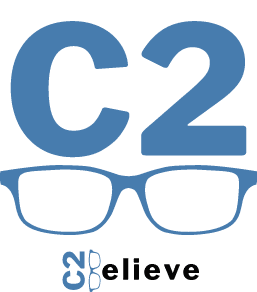Listen and follow
Introduction
OKR is an Agile Management Framework.
Is your management driving progress towards important company goals, or just reacting to problems?
Reactive management is all too commonplace in Taiwan Tech companies, where unseen problems and changing business parameters hamper progress and create disharmony among the ranks.
OKR Agile methodologies boost proactive management skills, adapting quickly to dynamic business environments, allowing companies to continue to push progress forward at a good pace.
New to OKR? See “What is OKR?”

What is Agile?
Agile is a concept used in project management, especially in software development environments, where unseen problems and changing parameters must be addressed and adapted to with speed and agility.
A methodology called Agile Scrum uses short sprint cycles, each driving incremental, measurable progress toward a larger goal.
During a “sprint”, continuous tracking, departmental collaboration, feedback, and adaptability ensure teams stay responsive to changing project conditions. It epitomizes proactivity.
OKR embodies Agile principles
OKR applies Agile principles but focuses on goal planning rather than project execution. The business environment can also rapidly shift, and companies must be change-ready to adjust and pivot goals as necessary.
1. OKR “sprint” cycle is usually 3-months
This contrasts with annual planning that often ends in ‘set it and forget it’. A shorter cycle keeps goals in focus, and teams aware and alert.
2. OKR is Vigilant and Proactive
In an Agile environment, Managers, Teams and staff are encouraged to practice vigilance and proactive communications.
- Weekly or monthly one-on-one meetings help uncover staff concerns early, keeping teams proactive rather than reactive.
- Centralized progress-based online reporting keeps managers and cross functional departments informed.
- Staff are expected to check in and update their progress on a weekly basis.
3. Top-down, Bottom-up, Lateral communications
- Cross functional meetings keep disparate teams up to date and allow timely input and early warnings.
- Conversation, Feedback and Recognition encourage honest, informed communications.
- Transparency is a key OKR principle that strengthens cross-functional collaboration
4. Agility emphasizes showing verifiable achievements.
In agile software development, incremental proof of progress is important to show that the project is moving forward. Key Results are the same quantifiable outcomes that show an Objective is on track.
5. Aspiration and Inspiration
Another aspect of Agile development is engaging staff through autonomy, inclusivity, learning, teamwork and purpose driven motivation. These are all incorporated into OKR as a goal-oriented, mission driven, reflective, introspective strategy.
6. Cadence drives Agile performance.
Project and company cadence is also an important aspect of driving Agile strategies – these include weekly check-ins, one-on-ones, quarterly planning, end of quarter self scoring. Cadence establishes the momentum pushing projects forward, aligned and organized.
How does OKR and Agile Scrum work?
OKR and Scrum live on two different levels and can easily cohabit under the same organizational aspirations.
OKR is about giving the organization direction with overall visionary goals – Teams take those goals and turn them into their own OKRs – engineers use initiatives to move from “goal” to “project development”, where Agile Scrum takes over.
See “OKR in Project Development”.

Conclusion: OKR applies Agile principles similar to Scrum
Agile Scrum strategies have become a popular movement in software development to mitigate the effects of “reactive management”.
OKRs apply similar principles to goal setting. OKRs ensure that organizational goals remain proactive, adaptive, and responsive to the evolving business landscape.
Furthermore, OKR and Agile Scrum can live easily together, as OKR is on the “goal” level, and Scrum is on the project development level.
By integrating OKRs and Agile Scrum, organizations benefit from structured, goal-driven, and flexible frameworks, which are truly the best of all worlds.

Look who’s using OKRs.


OKR Training Classes in Taiwan
C2believe provides OKR training with classtime, exercises, and coaching.
On Site or Off Site | English or Chinese | In Taiwan (or remote)
- Introduction to OKR for leadership (2 hours)
- Team OKR Class (18 hours) – Classtime, exercises and coaching
- 8-month OKR deployment (coaching and train the trainers)
Contact us about your OKR training needs here









0 Comments